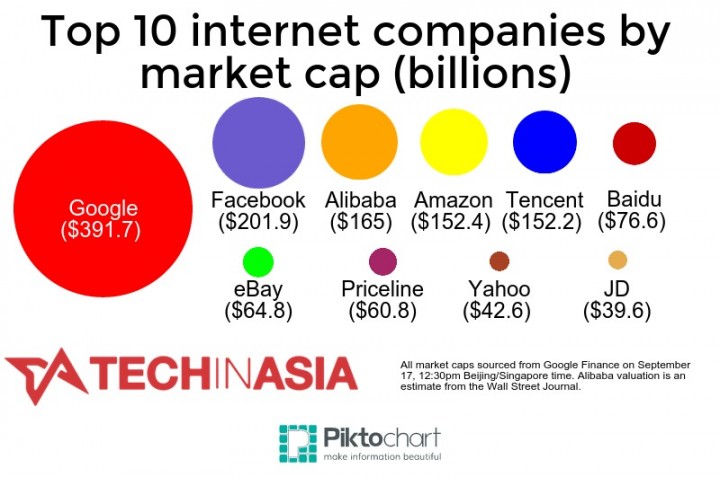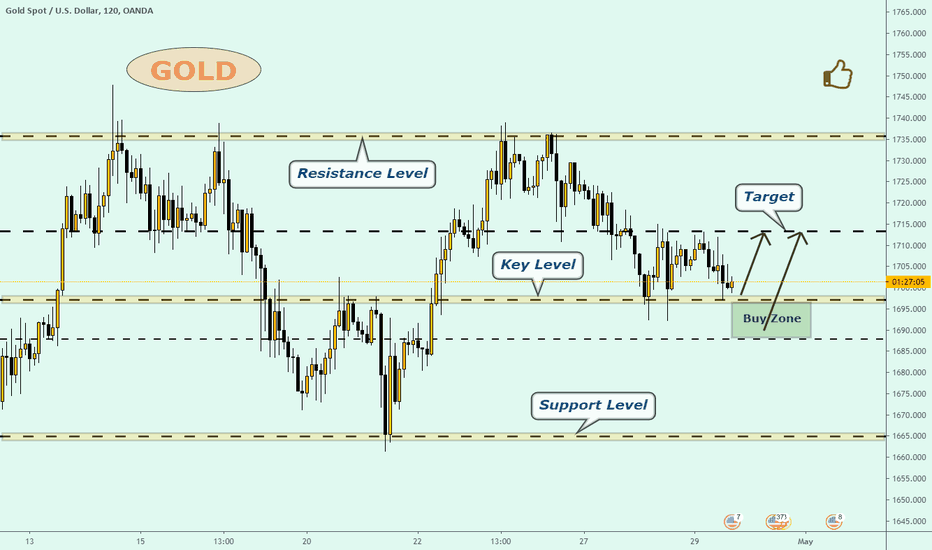Содержание

Accountants use several methods to determine the number of partially completed units in WIP. In most cases, accountants consider the percentage of total raw material, labor, and overhead costs that have been incurred to determine the number of partially completed units in WIP. The cost of raw materials is the first cost incurred in this process because materials are required before any labor costs can be incurred. Work in process are goods manufactured by a business which are only partially complete. At the end of an accounting period ending work in process is included as a current asset in the balance sheet under the heading of inventory, together with raw materials and finished goods.

Manufacturing trading profit and loss accounts is maintained by all manufacturing organizations to help in the formation of final accounts of a manufacturing concern. The manufacturing overhead account is calculated by the addition of indirect factory expenses like machine repairs, depreciation, insurance, factory supply, electricity, etc. Generally manufacturing overhead t account is prepared to have a standardized form of account. Non-manufacturing entities or what is called trading entities are generally involved in the purchase and also sales of goods at a profit. Usually, it is the manufacturing entities that prepare a manufacturing account and trading account, profit and loss account, and balance sheet in addition.
Working Capital
A “work-in-process” unit is a unit of inventory that’s waiting to be finished and still needs some work. Not only does the cost of this unit represent the materials it’s made up of, it also represents the labor and other overhead costs that were spent to create it. Knowing your business’s WIP can help you to calculate how much has been invested so far and how much the production for a product truly costs you. To calculate used direct materials, take the initial direct materials balance, add material purchases, and subtract the resulting balance in “direct materials”. Needless to say, any errors in calculating WIP will mess up the entire balance sheet, so it is important to pay attention to every step and number in the calculation process.
The first is raw material, the second is labor cost, and the third is overhead. Examples of overhead costs include overtime premiums, factory foremen salaries, and factory utility costs. The cost of purchasing a product factors into what it costs to make it (e.g., raw materials, labor, and production). Thus, your ending WIP inventory is essential to know for inventory accounting. For instance, for producing a shirt, the fabric serves as the primary raw material.
Novel electromagnetic induction heat curing process of fly ash … – Nature.com
Novel electromagnetic induction heat curing process of fly ash ….
Posted: Thu, 09 Jun 2022 07:00:00 GMT [source]
This inventory cycle repeats itself over and over during the year for manufacturers. Work in progress inventory is more valuable than raw materialsthat have yet to be put into manufacturing use but is not more valuable than a company’s finished goods or finished inventory ready for sale. In essence, work in progress inventory is the middle stage of the production process between raw materials and the finished product. Current assets contrast noncurrent assets like long-term notes receivable, and intangible assets like patents.
Value of Work in Progress units using Equivalent Complete Units
It has everything you need to keep your products, customers, and transactions synced and secure, freeing you up to focus on your business. Some companies do a physical count of their WIP inventory to determine the value based on the current stage of each unit in the manufacturing process. This eats up huge amounts of valuable time and distracts your team from doing higher-level work. This ratio shows the relationship between your current assets and current liabilities. Do not forget that your WIP ending inventory balance is a component of your current assets.
The frequency and method of WIP count may also depend on the type of manufacturer. Private companies have fewer reporting requirements but must value certain things correctly for taxation purposes depending on the locality or country. On the other hand, public companies often have stricter and more detailed reporting guidelines in addition to taxation reporting.
Continue reading to learn exactly what is in manufacturing final account wip indicates inventory, how to calculate it, why it matters, and how it fits into a healthy supply chain. This straightforward explanation of what is WIP Inventory includes a step-by-step formula and explanation of the place of WIP inventory in the end-to-end supply chain. To help you better understand how to determine the current WIP inventory in production, here are some examples.
Terms Similar to Work in Process
May be company received lot of customer orders which are to be fulfilled. Most merchants calculate their WIP inventory at the end of a reporting period (end of quarter, end of year, etc.), and are looking for their “ending WIP inventory”. To calculate ending WIP inventory, you need beginning WIP inventory, which is the previous reporting period’s ending WIP inventory. Lead time is the amount of time from the start of a process until its conclusion. This separation lets you enter work order transactions that define the completion of each step, from material consumption to assembly and completion.

If you want to know something about a company’s financial state, such as its liquidity or profitability, all you have to do is use the appropriate financial ratios. For example, in the Balance Sheet, each line item is taken as a percentage of the Total Assets. Meanwhile, in the Income Statement, each expenditure and cost line item is taken as a percentage of the Total Sales. Work-in-Progress, or WIP, is a component of the Inventory account, which is reflected in the Asset section of the Balance Sheet . You may have seen other companies use the account title “Work-in-Process”.
What Does Work-in-Progress Mean in Accounting?
Although the lumber arrives as raw material, over time, pieces of wood are sized, cut, polished, and assembled. Therefore, the unaltered pieces of wood are deemed WIP, since they will ultimately become salable finished goods, within a year’s time. These marketable products will either result in cash or accounts receivable. In either scenario, accountants would consider the WIP to be a current asset on a balance sheet.
As indicated earlier, https://1investing.in/ inventory is a current asset and needs to be valued for helping you access financing if need be. Some people consider not storing the WIP and keeping it on the assembly line instead. While this might solve your storage problem, it creates a backlog in the production line and may even create customer dissatisfaction if you cannot supply orders in time. As indicated earlier, the beginning WIP of a company is derived from the ending WIP inventory of the immediate previous WIP inventory. The frequency of WIP reporting generally depends on the type of company involved. While public companies must adhere to strict reporting guidelines, private companies typically have fewer reporting requirements, though they are still obliged to value items for tax reasons.
Perfecting the cut-bend cycle in sheet metal fabrication – TheFabricator.com
Perfecting the cut-bend cycle in sheet metal fabrication.
Posted: Wed, 24 Aug 2022 07:00:00 GMT [source]
Work in process inventory is a term used to refer to partly finished materials within any production round. Work in process in production and supply chain management refers to the total cost of unfinished goods currently in production. For clarity, in this example each line item is posted to the general ledger manufacturing account. The debit balance brought down of 105,000 represents the manufacturing cost of goods completed for the accounting period. The manufacturing cost of goods completed for an accounting period is calculated using the cost of goods manufactured formula as follows.
The value of closing work in progress is carried forward to the subsequent accounting period. The total value of work in progress can also be ascertained using the concept of equivalent complete units. Primary material is the output of the prior process that has been transferred as input. The value of such primary materials is the value attributed to it at the time of transfer from the prior process.
This may include forklift operators as well as line operators, stagers, and finish labor. It will also include the labor required to transport and store the finished goods in the finished goods warehouse or dock. As we have already established earlier, WIP forms part of Inventories account, which is under the Current Asset heading in the Asset section.
- Let’s assume production is going on and below is consumed in production process.
- These costs are subsequently transferred to the finished goods account and eventually to the cost of sales.
- Any raw material inventory that humans have worked on but is not yet considered a finished good is a work-in-process inventory.
- Subtract the finished goods inventory (debited to “finished goods” and credited to “WIP”).
- At the end of each month, Mason Motorcycles counts its current inventory, which often amounts to approximately 20 bikes.
This will give you a sense of COGS based on how much it costs to produce and manufacture finished goods. In addition the manufacturing account format used in this example shows the cost of the raw materials consumed and the prime cost of manufacturing the products for the accounting period. Work in the process represents partially completed goods, or in other terms, these goods refer to be goods – in process.
This same goal applies to WIP, which directly relates to the production process of the company. In fact, that is the reason why you hear about a lot of company executives leaving the job in the hands of staff members who they think have the right qualifications and knowledge. Due to the dynamic nature of the production process, there can be difficulties in calculating the WIP accounting, such as accounting errors, scrapped products, and reworks. These difficulties can be adjusted using the just-in-time approach, which finishes almost all the works in progress before closing an account.
Inventory means those current assets that have been or will be converted into the company’s final products for sale shortly. The three most important types of inventory are the raw materials, the work in progress inventory, and the finished goods. Work-in-progress, as mentioned above, is sometimes used to refer toassetsthat require a considerable amount of time to complete, such as consulting or construction projects. This differentiation may not necessarily be the norm, so either term can be used to refer to unfinished products in most situations.
Just in Time inventory is a method of production where the material is brought as they are required based on the demand. It is a go-to technique for many companies to reduce the wastage of resources and capital. The main purpose of this method is to do away with overproduction of goods, excess inventory, wastage of goods, control over storage costs, and so on. Calculating WIP inventory additionally helps in managing the production of your goods as per the lead time in obtaining the raw materials from your supplier. There is a risk of inventory becoming outdated, especially when the WIP inventory is more than what the market could demand, especially for companies dealing with seasonal goods.

